When it comes time to plant your tomato transplants into the ground, how you plant them – and what you plant them with are extremely important for a tomato plant’s short and long term success!
Getting tomato plants off to a fast start is vital for their overall health and productivity. If plants struggle to grow strong stems and leaves when they are first planted, they become susceptible to pests, disease and more.
Plain and simple – small, weak and lethargic plants are an easy target for pests or disease to take tomatoes out – or at the least, severely injure them. But slow growth for a plant above ground also means slow root growth under the soil. And for a tomato plant’s long term success, that can be disastrous.
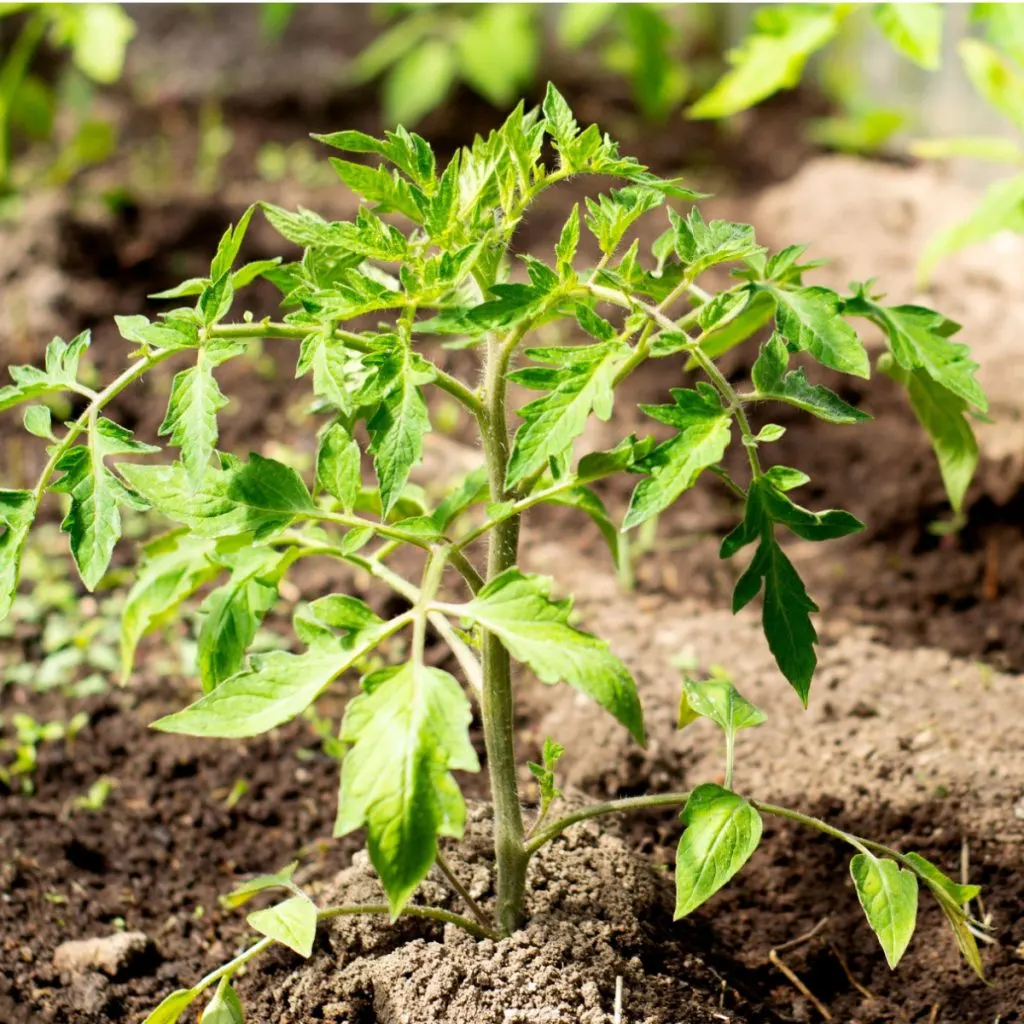
Growing Strong Roots – How To Plant Tomato Transplants
When a tomato plant grows healthy roots fast, it all but ensure success for the plant. Roots are responsible for absorbing the nutrients and water plants need for big growth. The bigger and more robust the root ball of your plant is, the more energy it will absorb and give to the plant.
But when roots fail to grow, the plant’s ability to soak in nutrients is greatly minimized. The result is a plant that will never reach its full potential. Unfortunately, it won’t grow as big, nor will it produce as many blooms or tomatoes as it should.
But here’s the good news, by simply giving your plant the perfect planting hole with the perfect amount of nutrients, you can supply its roots with the critical power it needs to grow fast and strong. And of course – produce an amazing harvest this summer.
With a bounty of future tomatoes in mind – here is a look at the 3 simple secrets to use when planting your tomatoes that will have them off to an amazing start in no time at all!
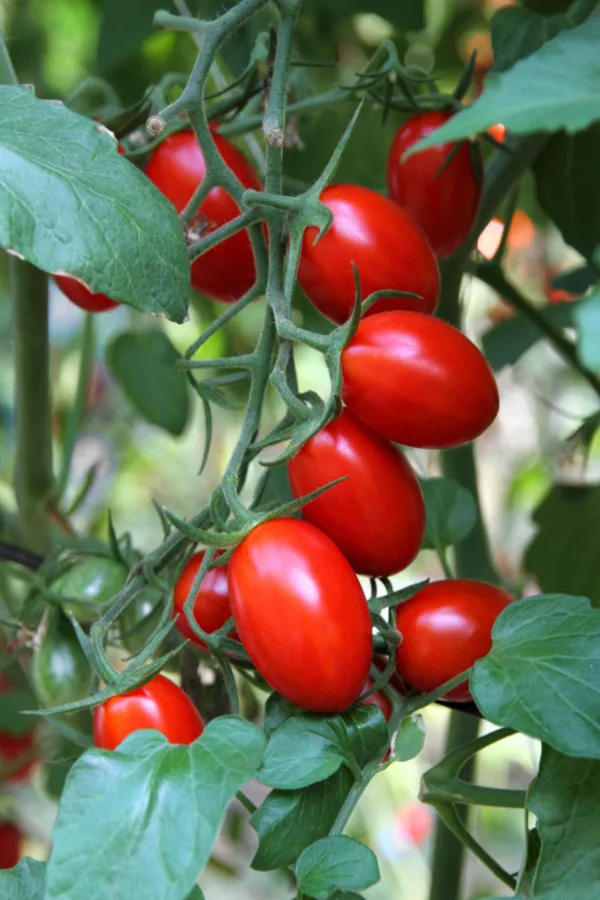
How To Plant Tomato Transplants – 3 Secrets To Get Tomato Plants Off To A Fast Start!
#1 Plant Deep
First and foremost, you need to plant your tomato transplants deep. By digging a deeper hole, all kinds of great things will happen for your plant.
For starters, by loosening the soil in a deep and wider hole, you create plenty of soft soil for young tomato plants to push out roots quickly and far more easily. But, as you will see later in the article, that deep and wider planting hole also lets you fill it with all kinds of powerful nutrients to feed young tomato roots quickly.
But most of all, planting tomatoes deep allows the plant to grow a far deeper and more extensive root system. The long main stem of a tomato transplant has loads of tiny hairs along it. And when that stem is buried in soil, all of those hairs grow into roots.
Creating The Perfect Planting Hole
A good rule of thumb is tomato planting holes should be 9 to 12 inches deep and 6 inches wide. One of the best and easiest ways to dig a planting hole is with a post hole digger. It can carve out perfectly deep and wide holes in an instant. And even better, it’s easy on your back! Affiliate Link: Tru Pro Heavy Duty Post Hole Digger
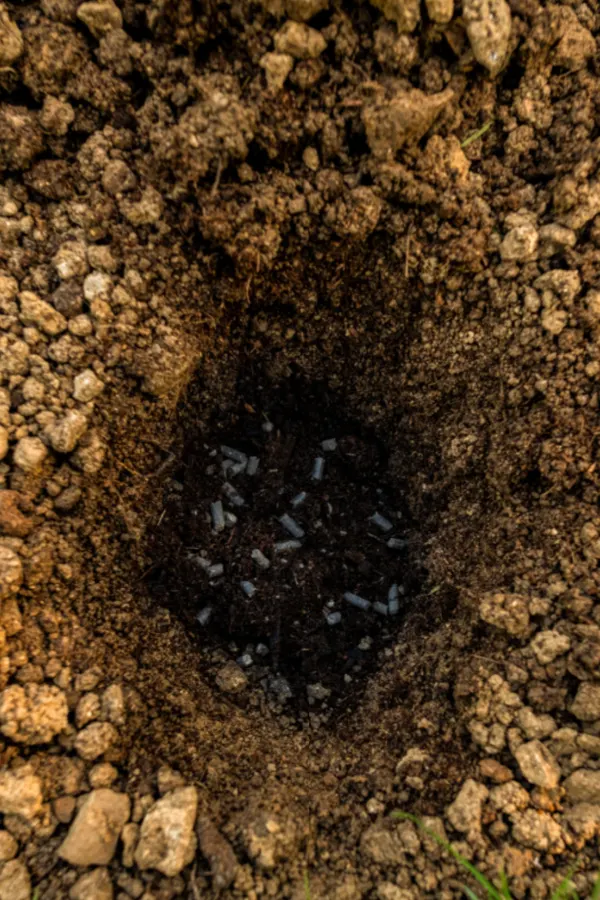
Now it’s time to plant deep. If at all possible, plant 2/3rds of your tomato transplant below the soil line. By doing this, you allow your plants to grow all new roots all along the stem line under the soil. Roots that can bring in the energy your tomatoes will need to stay healthy and grow strong.
Don’t worry if you are covering up a few of the transplants leaves when planting deep. The real key is to allow your plants to develop the biggest root system they can.
A deep, wide root system can not only absorb more nutrients and moisture, it is also more protected from the weather. Deep roots will not dry out as quickly from the hot summer sun. And that means your plants can have a consistent source of moisture to drive growth and bloom production!
#2 Fill Your Planting Hole With Power – How To Plant Tomato Transplants
Another great reason to dig a deep planting hole is so that you can fill it with power. And not just any power, but 5 all-natural ingredients that will create a loose, fertile soil mix that feeds your plants with exactly what they need to thrive!
Listen In To Our Podcast Below On How To Get Tomato Transplants Growing Fast!
When filling back in the soil around your transplant, mix the following 5 ingredients in with the soil. Your plants will thank you with fast, strong growth!
5 Ingredients To Put In Ever Planting Hole
Compost – Mix one to two cups of compost into every planting hole. Compost is full of all of the nutrients tomato plants need for fuel. Even more, those nutrients can easily absorb into the roots. Compost also loosens the soil for easy root growth, all while helping to absorb moisture.
Worm Castings – Mix a half to one cup of worm castings into every planting hole. Worm castings loosen the soil and help retain moisture. But even more, they contain an incredible balance of low and slow nutrients that feed tomatoes perfectly. Affiliate Link: 100% Pure Worm Castings
Wood Ashes – Mix one to two cups of wood ashes into every planting hole. Wood ashes are a great free resource for your tomato plants! They contain loads of calcium that tomatoes need for strong plant and fruiting development. They also contain valuable potassium, magnesium and phosphorous.
Egg Shell Powder – Mix 2 to 3 tablespoons of egg shell powder into every planting hole. Egg shells also contain a high amount of the calcium tomatoes need in addition to phosphorous and potassium.
When using egg shells, always grind them to a powder before mixing in with the soil. By pulverizing into a powder, the nutrients in the shell can release into the soil more quickly. Egg shell pieces take too long to break down and will not help this year’s plants.
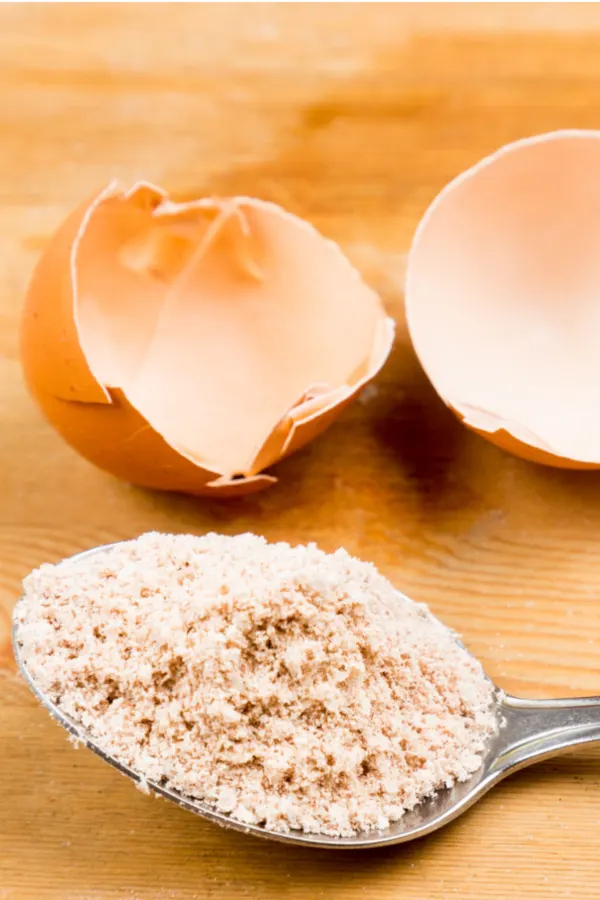
Spent Coffee Grounds – Mix 2 to 3 tablespoons of spent coffee grounds into every planting hole. Coffee grounds are another great free resource for tomato plants. Grounds contain nitrogen to help power foliage and stem growth. They also are great for absorbing moisture and holding it in for the roots of your tomato plants.
#3 Mulch For Success – How To Plant Tomato Transplants
Last but not least, mulch your plants after planting. And yes, it’s very important to do this right as you finish putting the soil back into the planting hole. See our article: The 3 Biggest Mistakes Made When Mulching Vegetable Plants – And How To Avoid Them!
By covering the soil around your plants with a four to six inch layer of mulch, you help to keep competing weeds away, help the soil retain moisture for your plants, and even more, help keep the soil from getting too hot or cold for your plant’s roots.
As for the best mulch to use for your plants, straw, shredded leaves or grass clippings all work great. Once in place, add more throughout the season as they break down to keep your plants protected all summer long.
Support Your Tomatoes Early
One final note on planting day – it’s always best to put your tomato supports in place right as you plant. This is actually for two very important reasons.
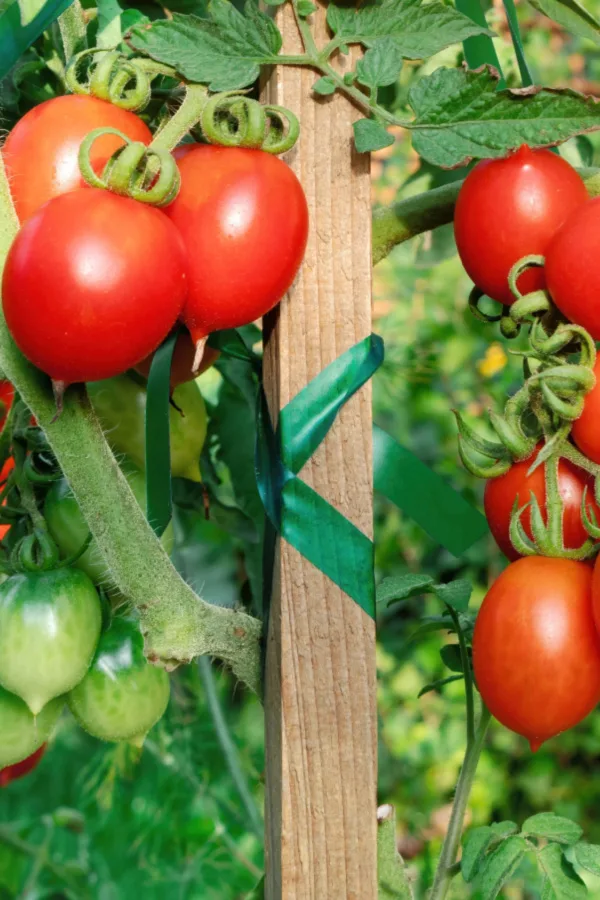
The first is that you can support your young transplants right from the start. By simply tying off the base of a transplant to a support, you provide big support for the fledgling plant. This can be huge as small plants deal with strong winds and storms early on.
But even more important, driving your supports in on planting day can spare damage to your plant’s root structure later on. Once plants begin to grow big roots, driving in a stake or cage supports later can easily damage the roots. And that can spell trouble for your plants and your future harvest!
Here is to planting your tomatoes this year with gusto. And even more, to having your best harvest ever!
Follow Our Facebook Page For Even More Great Tips! Simple Garden Life Facebook Page
Simple Garden Life is a website dedicated to keeping gardening fun, simple and enjoyable! We publish two new articles each week along with a new garden podcast episode every two weeks. This article may contain affiliate links.
